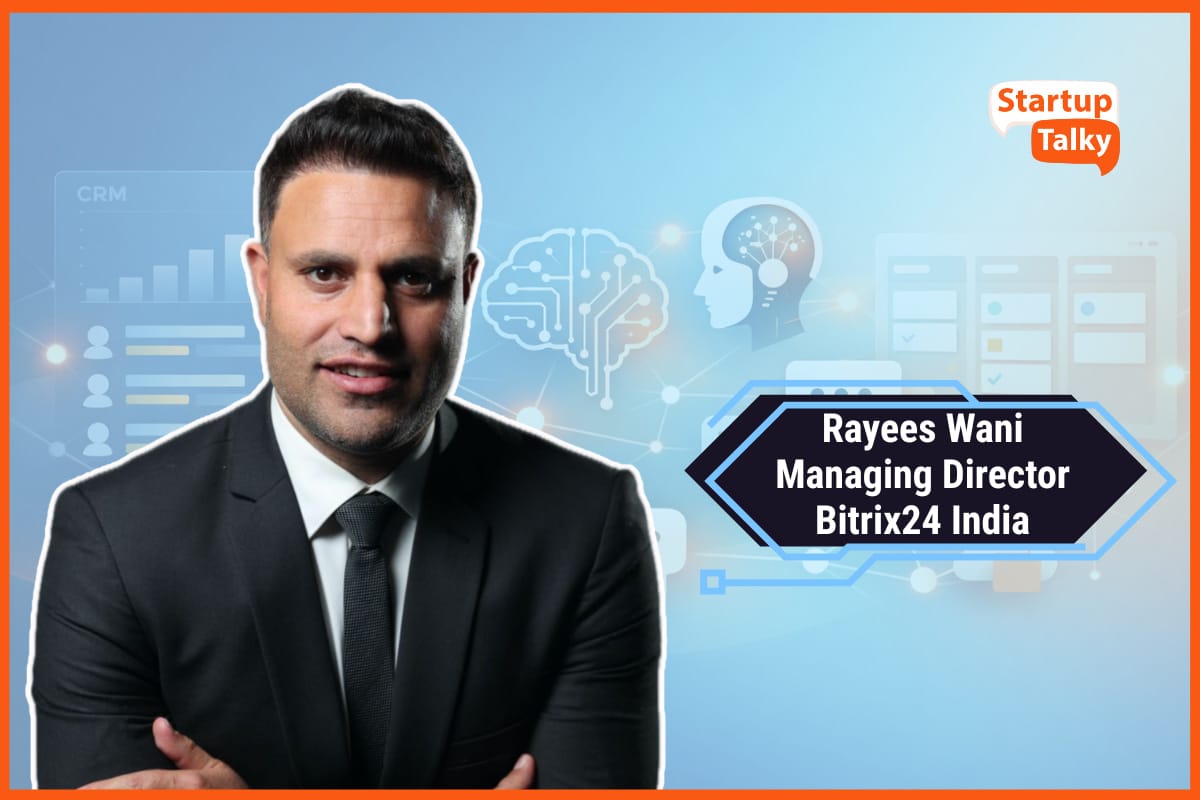How Fintech is Making Indian Healthcare More Accessible and Affordable for the Next Decade
✍️ Opinions
This article has been contributed by Mr Jitin Bhasin – CEO and Co-founder of SaveIN.
As we move forward, the intersection of healthcare and financial technology (fintech) is poised to play a pivotal role in shaping the future. "If timely and quality healthcare can be made accessible to everyone, our country will have truly evolved." This belief underscores the crucial role of healthcare in India's path to becoming a developed economy by 2047, marking 100 years of independence.
India's Growth and the Healthcare Sector
Currently, India is the fifth-largest economy globally, boasting a GDP of over $3.5 trillion. The nation is on a robust growth trajectory, setting benchmarks across various sectors. However, to achieve developed nation status, the healthcare sector must undergo a significant transformation.
With a healthcare market valued at around $372 billion, the government has initiated numerous programs to bolster this sector. Initiatives like the Pradhan Mantri Swasthya Suraksha Yojana, National Health Mission, and the Ayushman Bharat Health Infrastructure Mission are key in fostering sustainable partnerships between the public and private sectors. These efforts aim to make healthcare both affordable and accessible.
India’s recent strides in digitalization have propelled it ahead of other emerging economies. The country’s efficient handling of the COVID-19 pandemic, built on a solid digital infrastructure, exemplifies its ability to execute at scale. The next wave of healthcare disruption must also be rooted in the principles of transparency, efficiency, and accessibility through digital means.
Challenges and Opportunities in Healthcare

Today, India’s healthcare sector faces three primary challenges: accessibility, quality, and affordability. While many salaried workers benefit from government schemes such as the Employee State Insurance (ESI) and Central Government Health Scheme (CGHS), the public healthcare infrastructure struggles to meet rising demand. This gap presents an opportunity for increased public-private collaboration.
Despite the presence of over two million healthcare providers across the country, affordability remains a critical hurdle. While insurance penetration is expected to rise over the next decade, many medical procedures, especially elective and outpatient treatments—which account for nearly 50% of medical expenses—are not covered by insurance. These treatments remain outside the scope of insurance due to a lack of data and standardization, making it difficult to price insurance products effectively.
For inpatient procedures where insurance is more common, patients often face insufficient coverage, delays in approval, or are required to pay out of pocket before receiving reimbursement, which can take months. To increase insurance penetration and improve healthcare affordability, these issues need to be addressed.

The Role of Fintech in Bridging the Healthcare Gap
This is where fintech, particularly embedded finance, can play a transformative role. By providing on-demand credit at the point of care, embedded finance can bridge the affordability gap in private healthcare. Similar to how the consumer electronics and smartphone sectors have evolved, offering financing options for healthcare can create a revolution in the industry.
Embedded finance (EmFi) allows healthcare providers to partner with lenders, enabling patients to pay for medical services using pre-approved credit lines. These credit lines can be repaid through easy, interest-free installments. This model benefits both providers, who can serve more patients, and recipients, who can access timely medical care without financial strain.
As more healthcare facilities adopt these simplified payment solutions, the demand for such services will likely increase, encouraging people to prioritize their health. A healthier population can lead to improved productivity, contributing to national GDP growth and creating a positive economic cycle.
Over time, data from Electronic Medical Records (EMRs), treatment patterns, and demographic information will help standardize and streamline healthcare services, leading to greater efficiency across the board.
Financing Health: The Role of Fintech Companies
Fintech companies, along with the private sector, are uniquely positioned to address the affordability issues in Indian healthcare. By leveraging cutting-edge digital technologies, risk-based underwriting, and innovative product structures, they can offer solutions that cater to both patients and providers.
The fusion of healthcare and finance holds immense potential, and the process of consumerizing healthcare has already begun. The timing is perfect, as the importance of health has never been more paramount to society. With clear roles for providers, patients, and financial facilitators, the coming decade promises to bring about significant advancements in personal healthcare.

Must have tools for startups - Recommended by StartupTalky
- Convert Visitors into Leads- SeizeLead
- Website Builder SquareSpace
- Manage your business Smoothly Google Business Suite






